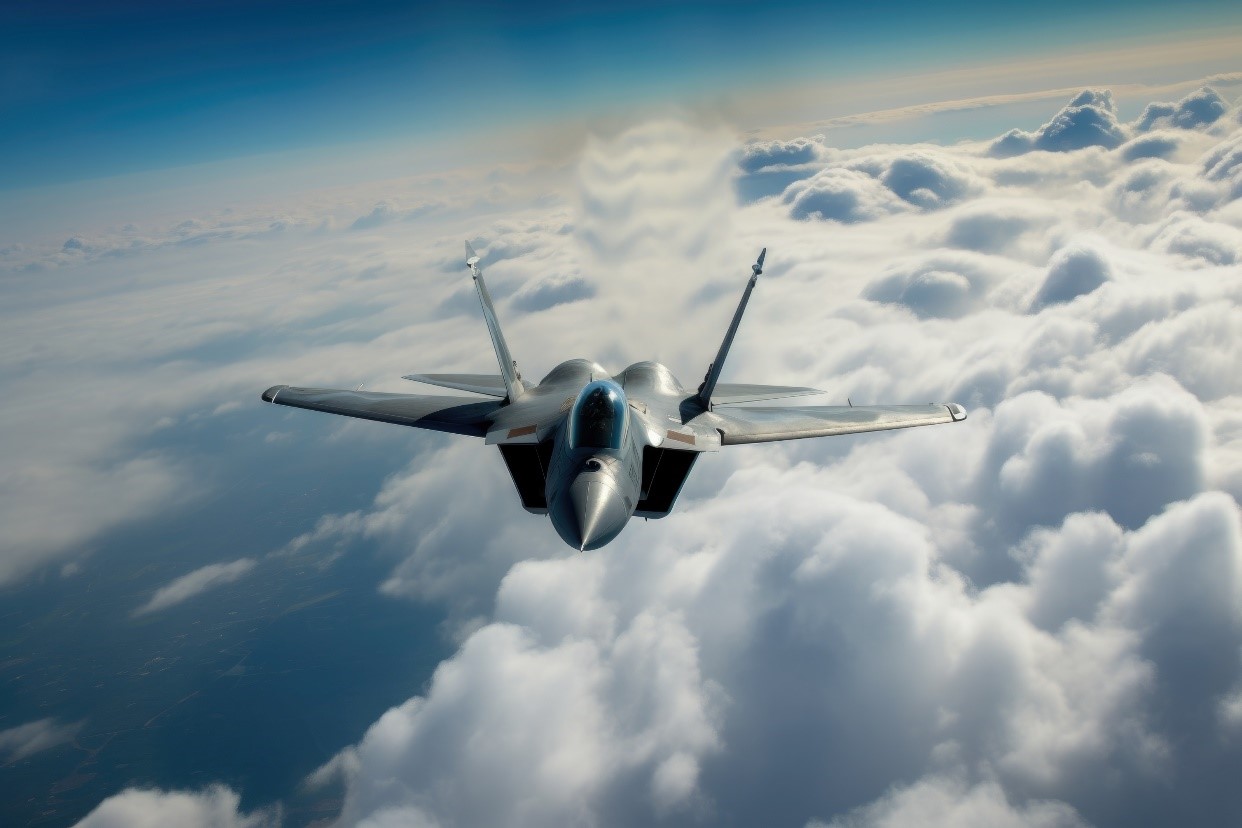The EPIIC project has high expectations for the development of new cockpit avionics for future fighter aircraft. The project aims to provide innovative and disruptive technologies that will enable pilots to supervise all manned and unmanned platforms under their responsibility in a complex environment. The project's innovative technologies, such as adaptive HMI, innovative virtual assistant interactions, large area display, helmet-mounted display, canopy projection, disruptive crew monitoring systems, and new multi-modal interactions, will create a completely immersive environment for pilots.
The project expects to foster a symbiotic teaming between systems and pilots, enabling pilots to effectively manage all platforms under their responsibility. By doing so, the project will provide an unprecedented level of situational awareness and increase the survivability and effectiveness of fighter aircraft in future conflicts. The EPIIC project also aims to achieve European technological autonomy and reduce dependencies on third-party technologies identified in legacy fighter cockpit avionics.
Overall, the EPIIC project aims to create a new standard in cockpit avionics for sixth-generation fighters such as the FCAS NGF and Tempest. By leveraging the unique expertise and skills of over twenty organizations from twelve European countries, EPIIC is well-positioned to meet these expectations and provide cutting-edge technologies that will redefine the capabilities of fighter aircraft.
